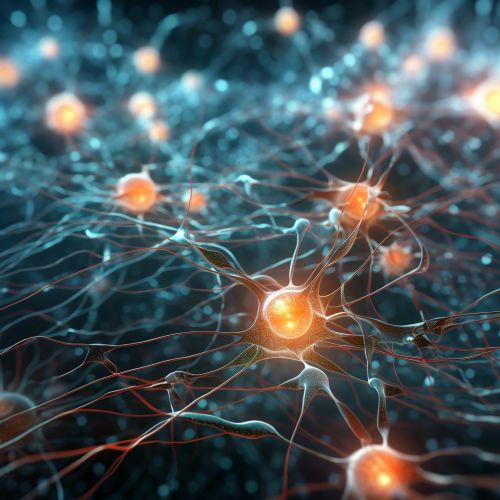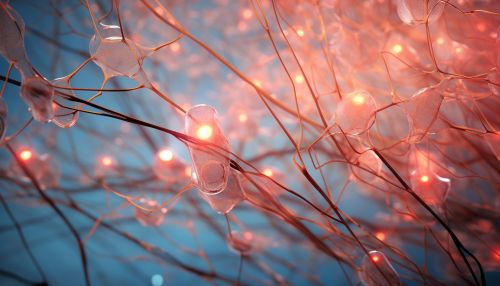Neurophysiology
Introduction
Neurophysiology is a branch of physiology and neuroscience that focuses on the study of the functioning of the nervous system. The field combines the study of the functions of the nervous system with the structure and organization of nerve cells, or neurons, to understand how they process and transmit information.


History
The study of neurophysiology has roots in ancient times, but it was not until the 20th century that significant advancements were made. The first known studies were conducted by the ancient Egyptians, who recognized the brain as the center of the body's control system. However, it was the Greeks, particularly Hippocrates, who first suggested that the brain was involved in sensation, and it was this idea that led to the development of neurophysiology.
Neurons and Synapses
The fundamental units of the nervous system are neurons, specialized cells that transmit information throughout the body. Each neuron is composed of a cell body, dendrites, and an axon. The dendrites receive signals from other neurons, while the axon sends signals to other neurons. The point of contact between two neurons is called a synapse, where signals are transmitted from one neuron to another.
Electrical Properties of Neurons
Neurons communicate through electrical signals known as action potentials. These signals are generated by the movement of ions across the neuron's membrane, creating a voltage difference known as the membrane potential. The action potential travels along the axon to the synapse, where it triggers the release of neurotransmitters, chemicals that transmit the signal to the next neuron.
Neurotransmitters and Receptors
Neurotransmitters are chemicals that transmit signals from a neuron to a target cell across a synapse. There are many different types of neurotransmitters, including acetylcholine, dopamine, and serotonin, each with specific functions. These neurotransmitters bind to specific receptors on the target cell, triggering a response.
Neural Circuits and Systems
Neurons are organized into complex networks known as neural circuits. These circuits are responsible for processing and transmitting information in the nervous system. Neural circuits can be simple, such as those involved in reflex actions, or complex, such as those involved in cognition and emotion.
Methods in Neurophysiology
There are various methods used in neurophysiology to study the function of the nervous system. These include electrophysiological techniques, such as patch-clamp and voltage-clamp techniques, and imaging techniques, such as magnetic resonance imaging (MRI) and positron emission tomography (PET).
Clinical Neurophysiology
Clinical neurophysiology is a medical specialty that studies the central and peripheral nervous systems through the recording of bioelectrical activity. It includes tests such as electroencephalography (EEG), electromyography (EMG), and nerve conduction studies (NCS).
Future Directions
With advancements in technology and our understanding of the nervous system, the field of neurophysiology continues to evolve. Future research directions include the development of new techniques for imaging and manipulating neuronal activity, and the application of these techniques to understand and treat neurological disorders.
